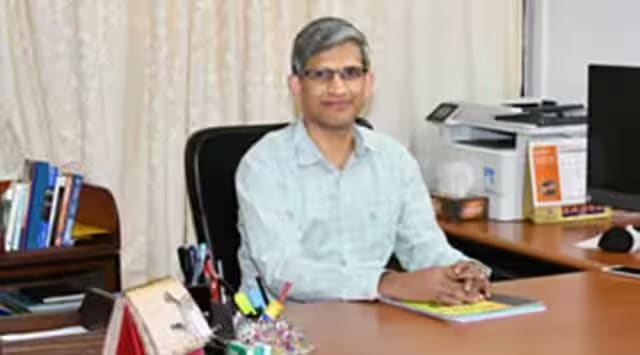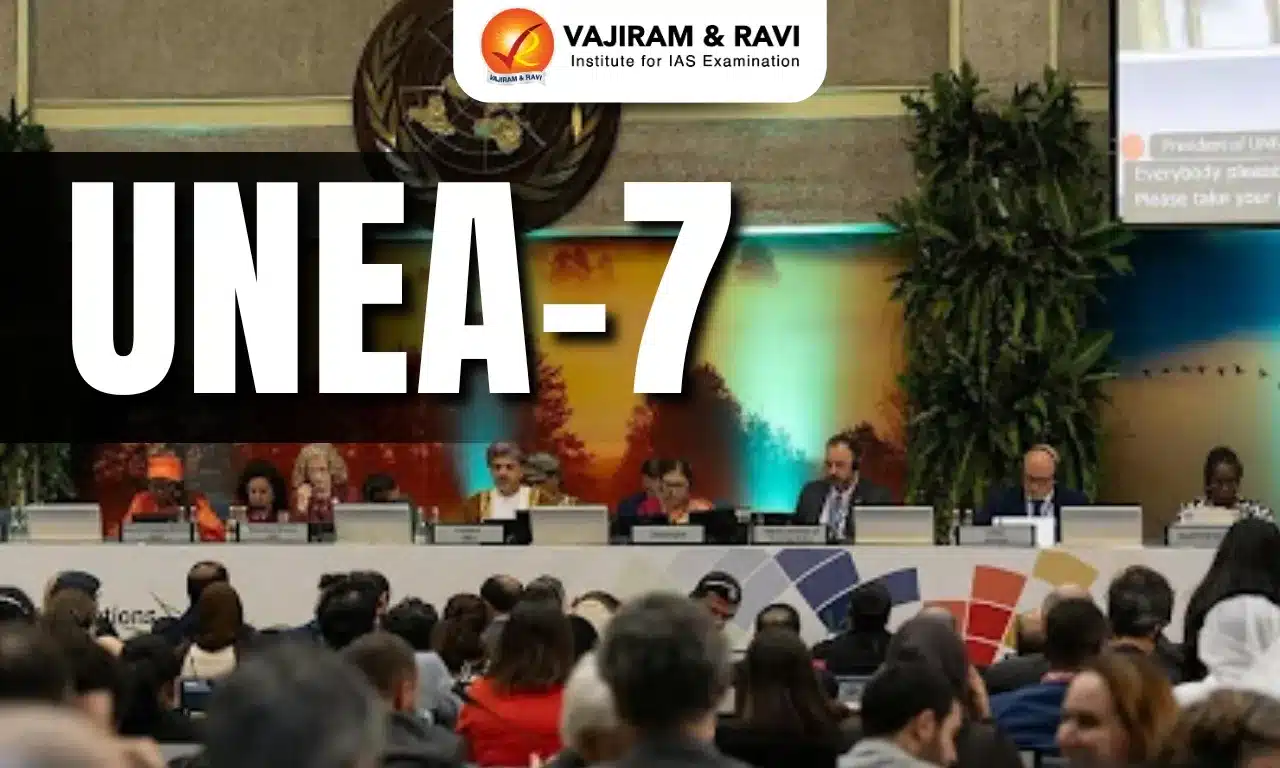What’s in Today’s Article?
- Why in News?
- About International Institute of Population Sciences (IIPS)
- Objectives of IIPS
- About National Family Health Survey (NFHS)
- Major Highlights of NFHS-5
- About ESCAP Region
Why in News?
- A set of complaints against the functioning of the International Institute of Population Sciences (IIPS) set off an inquiry by the Union government.
- This inquiry led to the resignation of the director of the IIPS, Prof K S James.
About International Institute of Population Sciences (IIPS):
- The International Institute for Population Sciences (IIPS) serves as a regional Institute for Training and Research in Population Studies for the ESCAP region (explained later in the article).
- It was established in Mumbai in July 1956 as a joint sponsorship of Sir Dorabji Tata Trust, the Government of India and the United Nations.
- In 1985, it was declared as a ‘Deemed to be University’ under Section 3 of the UGC Act, 1956.
- The Institute is under the administrative control of the Ministry of Health and Family Welfare, Government of India.
Objectives of IIPS:
- To train persons from India and other countries in demography and related fields, including demographic aspects of family planning.
- To undertake scientific research on population problems which are of special importance to India and other countries in the ESCAP region.
- To collect, organize and disseminate demographic information about the population of India and other countries of the world.
- The Ministry of Health and Family Welfare designated IIPS as the nodal agency, responsible for providing coordination and technical guidance for the National Family Health Survey.
About National Family Health Survey (NFHS):
- The National Family Health Survey (NFHS) is a large-scale, multi-round survey conducted in a representative sample of households throughout India.
- The first National Family Health Survey (NFHS-1) was conducted in 1992-93. Subsequent NFHS’ were conducted as below –
- NFHS-2 was conducted in 1998-99
- NFHS-3 was conducted in 2005-06
- NFHS-4 was conducted in 2015-16
- NFHS-5 was conducted in 2019-21
- The main objective of successive rounds of the NFHS has been to provide reliable and comparable data relating to health and family welfare and other emerging areas in India.
- Nodal Ministry: Ministry of Health & Family Welfare
Major Highlights of NFHS-5:
- Report of the NFHS-5 was released in 2022.
- The report comprises of detailed information on key domains of population, health and family welfare; fertility; family planning; infant and child mortality; maternal and child health; nutrition and anaemia; morbidity and healthcare; women’s empowerment etc.
- Key results from NFHS-5 –
- The Total Fertility Rates (TFR), an average number of children per women, has further declined from 2.2 to 2.0 at the national level between NFHS-4 & 5.
- Overall Contraceptive Prevalence Rate (CPR) has increased substantially from 54% to 67% in the country.
- Institutional Births have increased substantially from 79 percent to 89 percent in India.
- Stunting has reduced from 38.4% to 35.5%, wasting from 21.0% to 19.3% and underweight prevalence is down from 35.8% to 32.1%, according to the data.
- Stunting is defined as low height-for-age.
- Wasting is defined as low weight-for-height.
- Women (15-49 years) whose BMI is below normal has reduced from 22.9% in NFHS-4 to 18.7% in NFHS-5.
- Body mass index (BMI) is a measure of body fat based on height and weight that applies to adult men and women.
About ESCAP Region:
- The United Nations Economic and Social Commission for Asia and the Pacific (ESCAP) is one of the five regional commissions under the jurisdiction of the United Nations Economic and Social Council. It was established in 1947.
- Objective: To overcome some of the region’s greatest challenges by providing results-oriented projects, technical assistance and capacity building to member States.
- The commission is composed of 53 Member States and 9 Associate members, mostly from the Asia and Pacific regions.
- The region covered by the commission is home to 4.1 billion people, or two-thirds of the world’s population.
- Headquarters: Bangkok, Thailand
Q1) Difference between Wasting & Underweight?
Wasting, based on a child’s weight and height, is a measure of acute nutritional deficiency. Underweight, based on weight and age, is a composite measure of both acute and chronic statuses.
Q2) What is BMI?
Body Mass Index (BMI) is a person’s weight in kilograms (or pounds) divided by the square of height in meters (or feet). A high BMI can indicate high body fatness.
Source: IIPS director’s resignation accepted, wheels for exit set in motion months ago | PRS
Last updated on December, 2025
→ Check out the latest UPSC Syllabus 2026 here.
→ Join Vajiram & Ravi’s Interview Guidance Programme for expert help to crack your final UPSC stage.
→ UPSC Mains Result 2025 is now out.
→ UPSC Notification 2026 is scheduled to be released on January 14, 2026.
→ UPSC Calendar 2026 is released on 15th May, 2025.
→ The UPSC Vacancy 2025 were released 1129, out of which 979 were for UPSC CSE and remaining 150 are for UPSC IFoS.
→ UPSC Prelims 2026 will be conducted on 24th May, 2026 & UPSC Mains 2026 will be conducted on 21st August 2026.
→ The UPSC Selection Process is of 3 stages-Prelims, Mains and Interview.
→ UPSC Result 2024 is released with latest UPSC Marksheet 2024. Check Now!
→ UPSC Prelims Result 2025 is out now for the CSE held on 25 May 2025.
→ UPSC Toppers List 2024 is released now. Shakti Dubey is UPSC AIR 1 2024 Topper.
→ UPSC Prelims Question Paper 2025 and Unofficial Prelims Answer Key 2025 are available now.
→ UPSC Mains Question Paper 2025 is out for Essay, GS 1, 2, 3 & GS 4.
→ UPSC Mains Indian Language Question Paper 2025 is now out.
→ UPSC Mains Optional Question Paper 2025 is now out.
→ Also check Best IAS Coaching in Delhi

















